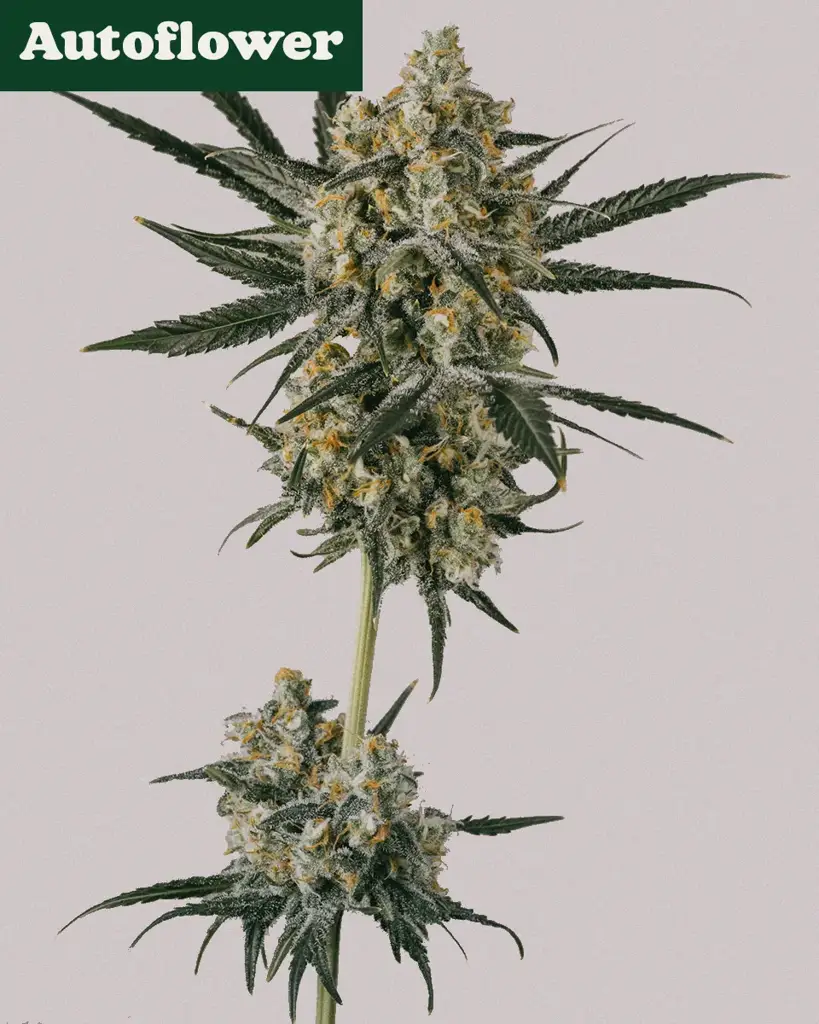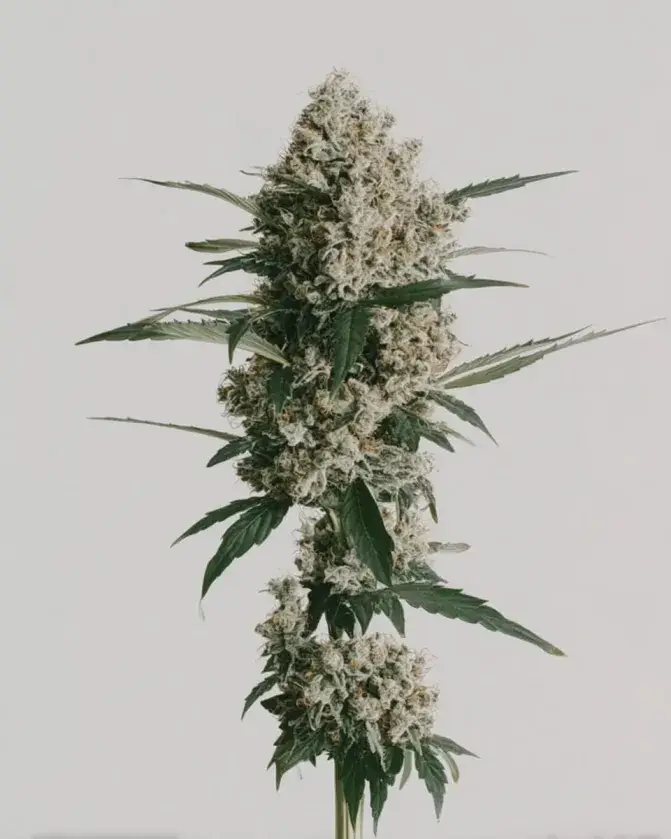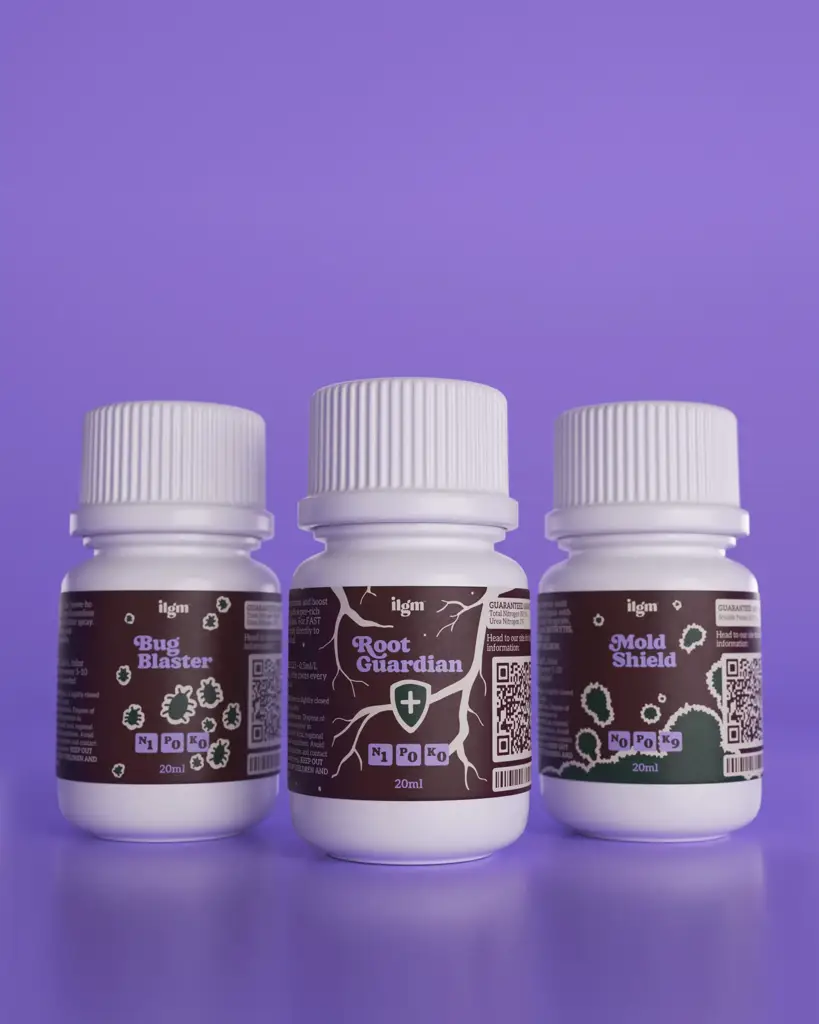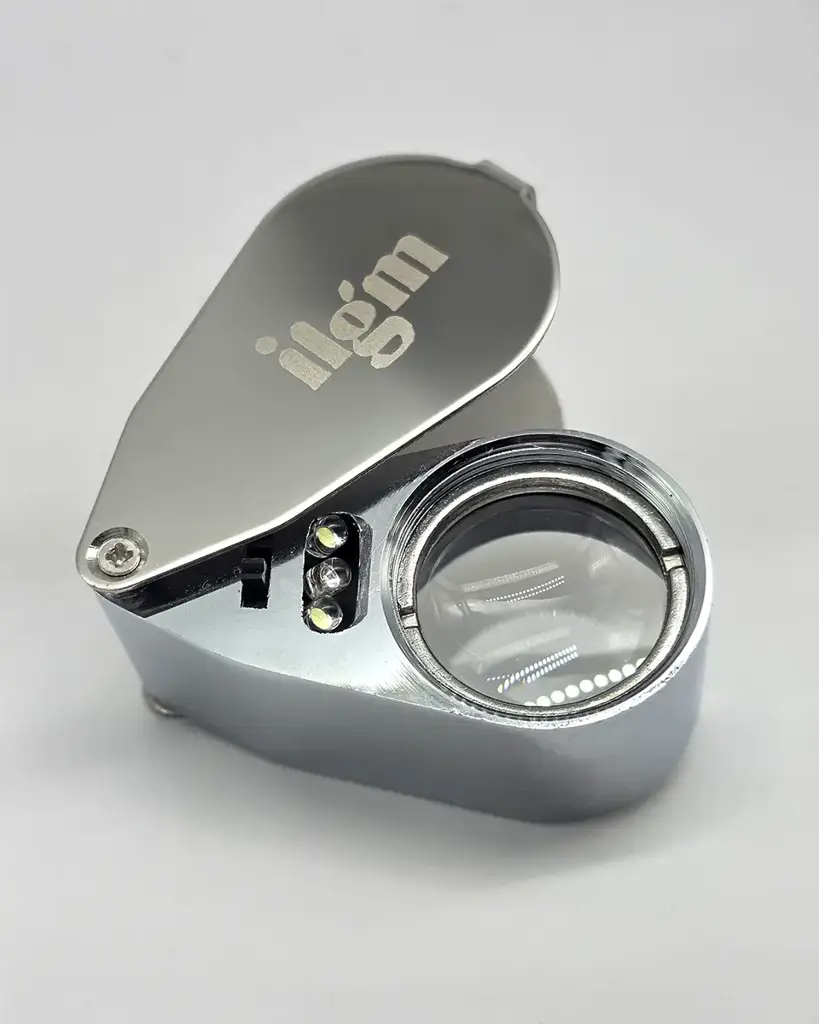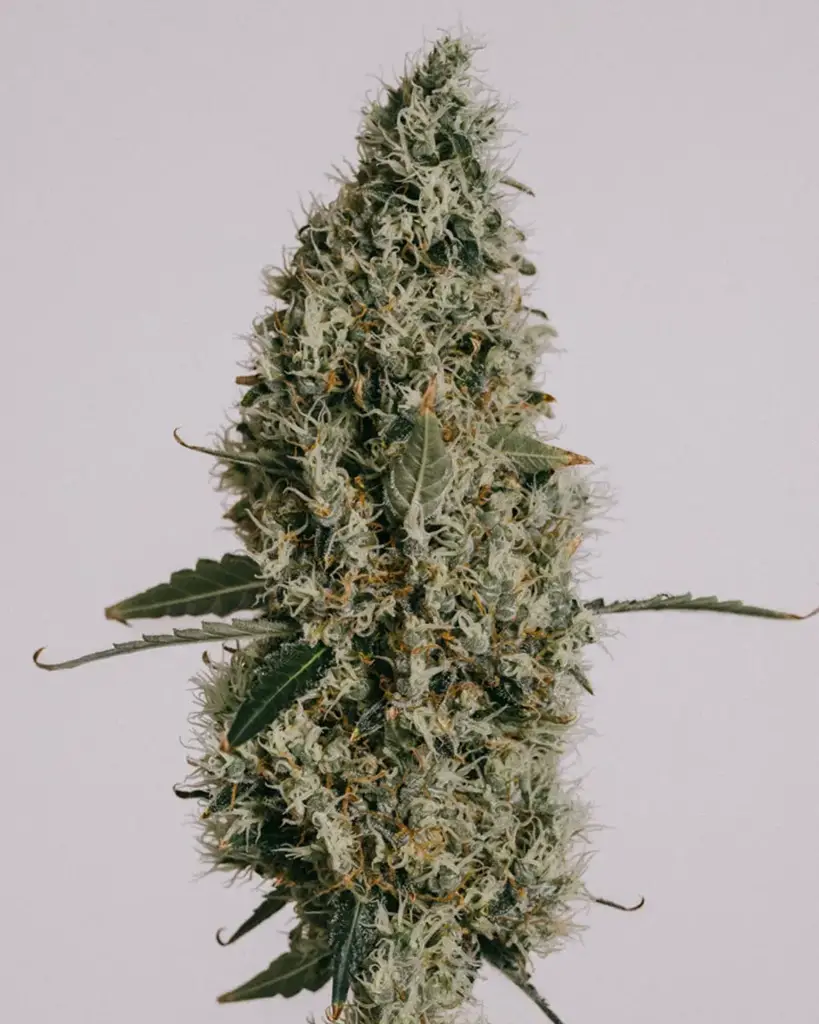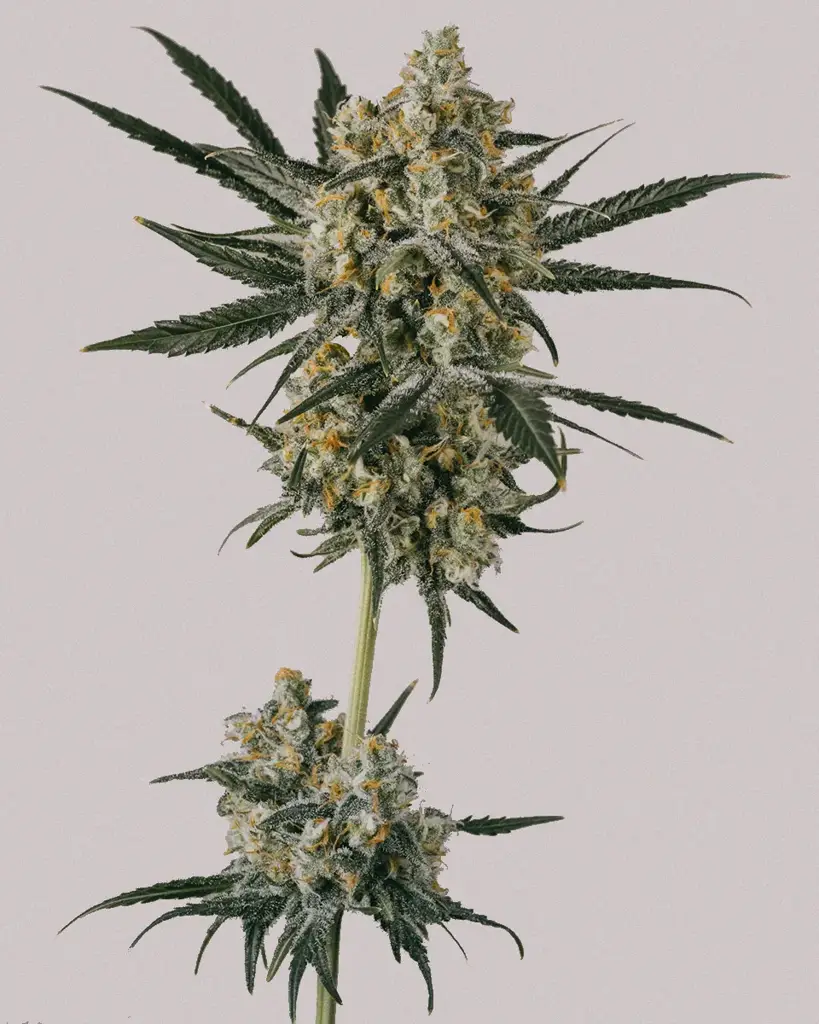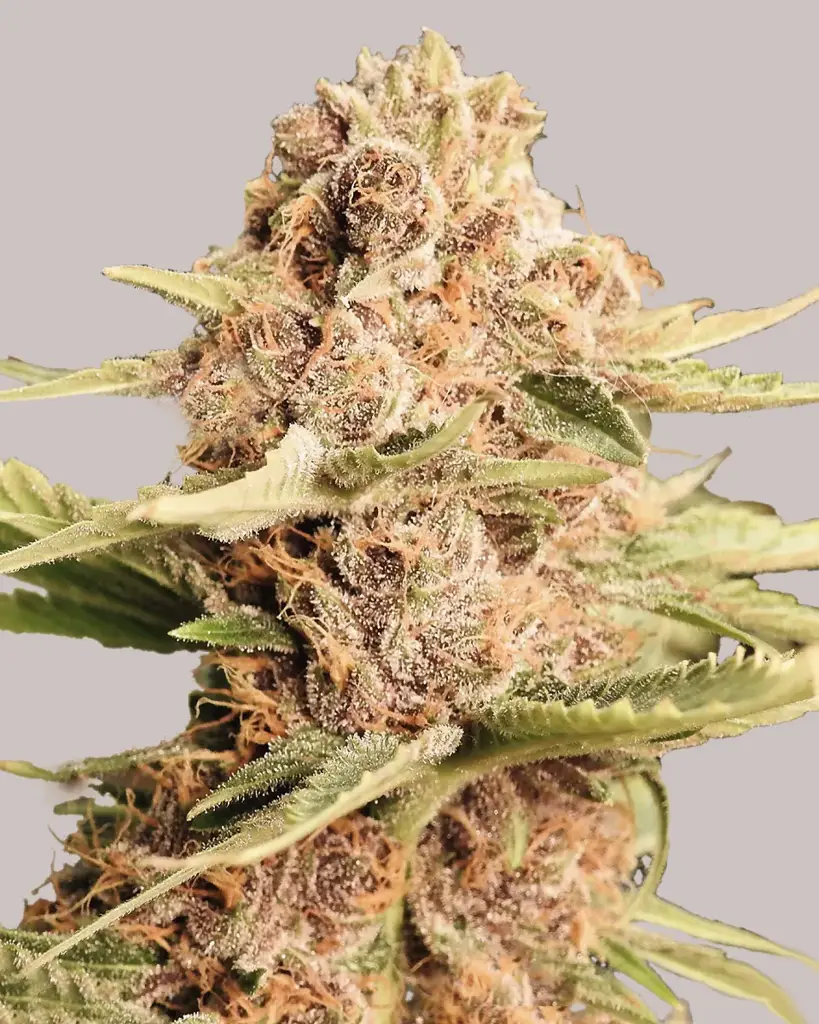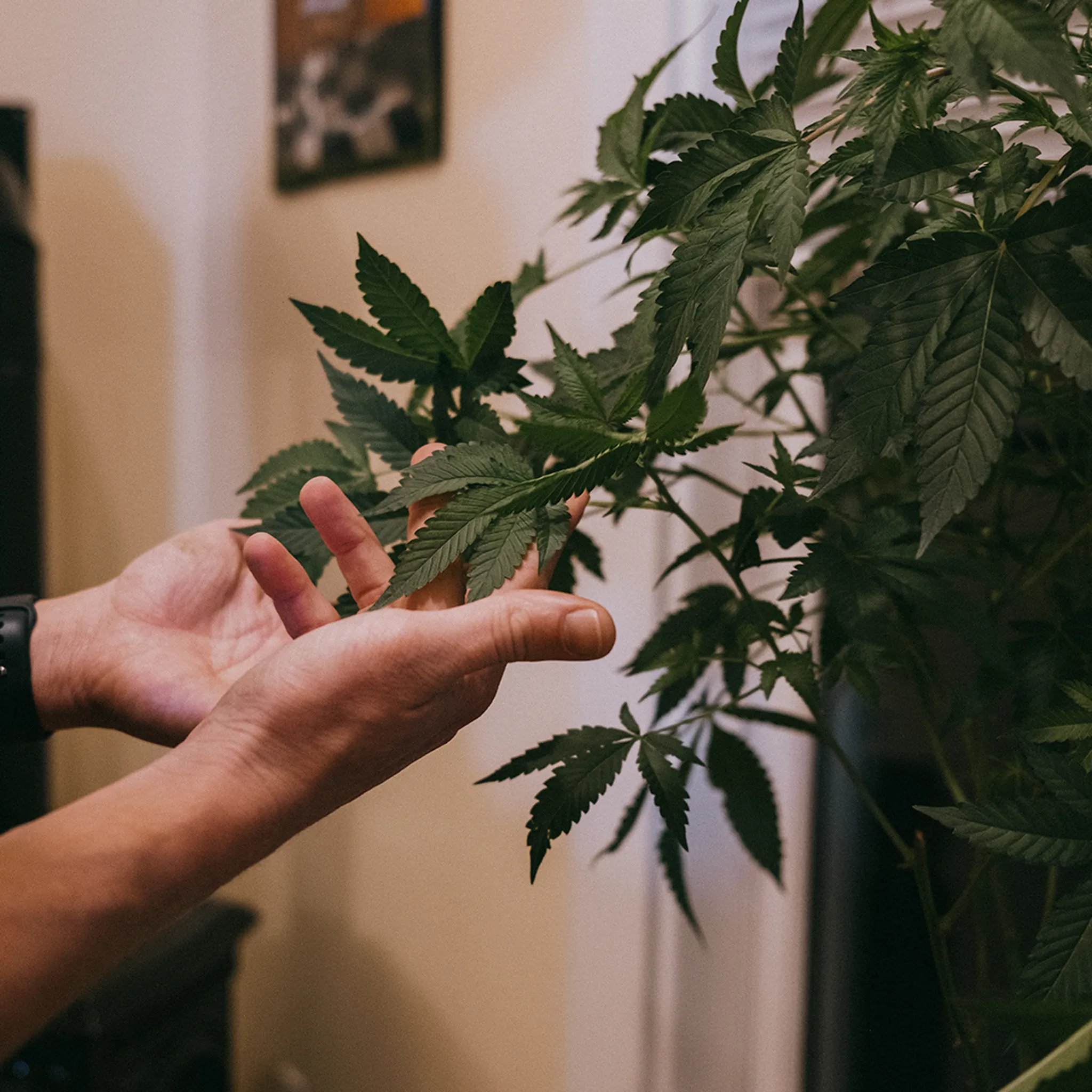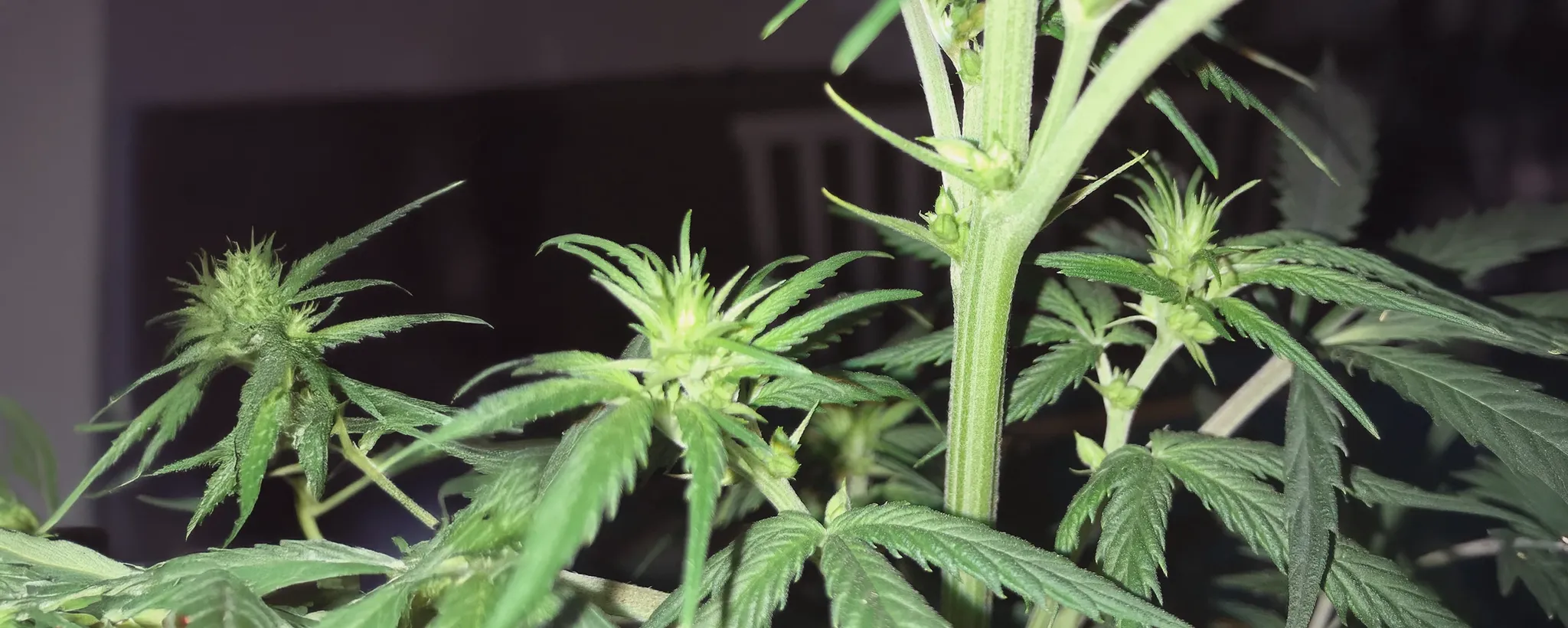
Why Weed Plants Turn Hermaphrodite and What to Do
Cannabis is a dioecious plant species. Simply put, that means you can have a male or a female plant. We all know we want to keep the ladies to produce flowers and get rid of the males so they don’t pollinate the rest of your grow.
Table of contents
The cool thing about cannabis plants is that they have the ability to become hermaphrodites. Whether that is a good or a bad thing depends on the situation - if you are aiming to cross-breed or produce seeds, then “hermies” are a good thing.
But, for most folks who just want a good smoke, seeds in their buds are something they’d like to avoid.
So, what makes a plant go hermie? How do you spot it happening? And what can you do to avoid it from happening in the first place?
What Is a Hermaphrodite Cannabis Plant?
A hermaphrodite weed plant develops both male (pollen-producing) and female (bud-producing) parts as an ingrained, natural survival tactic. This allows it to self-pollinate and/or spread pollen to other plants. This usually happens due to stress—things like light leaks, heat, or physical damage.
One thing to remember is that it’s a genetic trait. Some strains have the tendency to herm faster than others, especially unstable strains. But, all cannabis female plants have the ability to become hermaphrodite cannabis plants.
Most growers want to avoid their cannabis plants from “herming out” because it lowers the yield and potency of the flower because the plant diverts energy from flower production to grow seeds.
What Causes a Weed Plant to Go Hermaphrodite?
The answer to this question is a combination of nature (genetics) and nurture (lived experience).
Genetics: Some Cannabis Plants Tend to Herm More than Others
Some plants are just going to be more likely to express mixed sexual traits. It’s in their DNA. This usually comes down to unstable breeding or natural survival mechanisms passed down through generations.
When breeders rush seed production without properly stabilizing a strain over multiple generations, hermaphroditic traits may not be fully bred out.
Environmental Stress: How Nurture Triggers Weed to Hermaphroditism
Even a plant with stable genetics can herm if it experiences too much stress. Cannabis is a survivalist—it interprets stress as a sign that its life might be cut short and switches to hermaphroditism to pollinate itself.
So, what are these environmental stress factors, you might ask? Let’s run down the list:
1. Light Stress
Inconsistent light schedules: Interrupting the dark period (light leaks, timers failing, power outages) confuses the plant’s biological clock, leading to stress-induced weed hermaphroditism.
Too much or too little light: Weak lights can cause slow, unhealthy growth, while overly intense lights (especially too close to the canopy) can trigger a stress response.
2. Physical Stress & Plant Injury
Over-pruning or excessive low-stress training (LST) can shock the plant.
Transplant shock or rough handling can trigger herming, especially during flowering.
Broken branches or physical damage (e.g., storms, animals, or human error) may send the plant into “survival mode.”
3. Water & Nutrient Issues
Overwatering or underwatering stresses the root system, leading to poor nutrient uptake.
Nutrient deficiencies or toxicities can trigger a stress response.
Salt buildup from synthetic nutrients can prevent plants from absorbing what they need, leading to deficiencies.
4. Temperature & Humidity Fluctuations
Excessive heat (above 85°F / 29°C) for extended periods can cause plants to herm.
Cold shocks can also stress plants into mixed-sex expression.
Wild humidity swings (too dry or too humid) can cause plants to panic and herm.
5. Pest & Disease Pressure
Mold, mildew, and root rot weaken plant health, making hermaphroditism more likely.
Insects like spider mites, aphids, or thrips can stress plants enough to trigger mixed-sex traits.
6. Chemical & Hormonal Disruptions
Certain foliar sprays or pesticides may interfere with plant hormones, increasing the chance of herming.
Excessive use of growth regulators (like some synthetic bloom boosters) can also throw off hormonal balance.
Our Bestsellers
How do you Identify Hermaphrodite Weed Plants?
So, now that we know the what and the why, let's talk about how to spot a herming cannabis plant.
To spot hermies properly, you’ll have to understand there are two types of hermies: True hermaphrodites and bisexual flowers. Otherwise, you might not know what you are actually looking at.
What’s the Difference Between a True Hermaphrodite and Bisexual Cannabis Flowers?
A true hermaphrodite (often called monoecious cannabis) produces fully developed male and female flowers on the same plant.
 A true male flower (or “Stamens” as we call the male plant productive organ) looks like a cluster of small, oval-shaped sacs attached to the plant by a short stem. Once mature, they open up and release pollen, which the wind carries to fertilize female flowers.
A true male flower (or “Stamens” as we call the male plant productive organ) looks like a cluster of small, oval-shaped sacs attached to the plant by a short stem. Once mature, they open up and release pollen, which the wind carries to fertilize female flowers.
 A plant with male characteristics.
A plant with male characteristics.
While a true female flower should only have pistils (the white, hair-like structures that catch pollen).
 A plant with female characteristics.
A plant with female characteristics.
In a true weed hermaphrodite, these male flowers develop alongside female buds, increasing the risk of unwanted pollination.
A bisexual flower, on the other hand, starts as a female bud but later develops pollen-producing structures within it.
In a bisexual flower, anthers ("bananas" or “Nanners”) appear within the bud, and they can self-pollinate the flower and release pollen into the air.
 A plant with both male and female characteristics (notice the anthers).
A plant with both male and female characteristics (notice the anthers).
Both true hermaphrodites and bisexual flowers can cause pollination issues, but bisexual flowers are harder to spot since they hide pollen-releasing structures within female buds.
Can “Male” Weed Plants Become Hermaphrodites too?
You bet. Since most medical/recreational cannabis growers are only interested in pistil-producing plants, you don’t hear much about male cannabis plants going hermie.
Male cannabis plants are usually chopped before they get a chance to herm. But rest assured, so-called “male hermies” do exist and are either monoecious or bisexual due to stress.
What To Do If You Spot a Herm in Your Cannabis Grow?
Act Fast to Avoid Pollination!
You literally want to “nip it in the bud” before potentially millions of pollen grains (one flower alone can release about 350,000!) are floating around.
Turn off Ventilation
If you are growing indoors and you see potential hermies in your grow, immediately switch off anything that is causing a current that could carry pollen to exposed stigmas.
Isolate the Pollen from your Female Plants
Wear surgical gloves and use a spray bottle with water at close range to wet any exposed anthers you see (you’re aiming for less of a mister, more like a water pistol). The water will capture the pollen it comes into contact with and stop the pollen from making their way to your pistillate flowers.

Use a large bag, the type made for collecting grass or leaves outdoors, and cover the whole plant. Cinch the bag closed around the stalk and cut it off below the lowest branches.

Clean off your gloves between handling a pollen-producing plant and others in the garden. Inspect the rest of your plants, paying close attention to those with the same genetics as the one that you had to remove.
Optional: Perform a Dip
Do not open the bag(s) again until you are far away from the female plants in your garden. Perform a “dip” (a common practice for sanitary cannabis harvesting) by dunking the plant in a slightly basic solution (a few drops of Hydrogen peroxide will do it), or plain water.
Reinspect Plants and Check Environmental Controls
Whether or not you think you know the reason your plants went into “survival mode,” take the cue to follow back all the possible causes. Starting from the site where you found the hermied cannabis plants, evaluate all of your gear for blockages, burnouts, drainage issues, etc. Check that all your timers are working properly, take temperature readings, and if you have automatic data collection from sensors or cameras, review those materials, too.
How To Prevent Cannabis Herms
First of all, to avoid Hermies, you should work with proven genetics such as ILGM strains and keep stress to a minimum throughout the life cycle of your cannabis plants.
Choose Your Cannabis Cultivar Genetics Carefully
If you’re not looking to experiment with developing genetics and just want to grow top-tier cannabis like you’d buy from a trusted source, choose time-honored varietals, like Northern Lights, Blue Dream, GSC, amongst many others.
Avoid Stressing Your Cannabis Plants
Just like people, plants feel stress when their needs aren’t met. Lack of food, water, air, or stable temperatures can trigger survival responses—including turning hermaphrodite.
Your job as a grower is to keep conditions steady so your plants can focus on thriving. Monitor their environment regularly, avoid sudden changes, and let them do their thing. A healthy, stress-free plant is far less likely herm.
Can I Still Harvest and Consume Hermaphrodite Weed Plants?
Yes, absolutely! Will it be the greatest cannabis you’ve ever had? Probably not.
Just like with “normal” cannabis plants, the cannabinoid content of a hermaphrodite plant depends on when you harvest it.
If you spot them early, it also means that the flower didn’t get enough time to fully mature and won’t have had time to produce as many cannabinoids, making it kind of a waste of time.
Late-season stressed plants, with only a few sets of anthers emerging, may be on their way to good cannabinoid yields. You never know; cut them down, post-harvest process them as usual, and find out.
If you don’t consume them yourself, feed them to plants: they make good fertilizer for future crops!
Read the Following Guides to Learn More
As you’ve just learned, keeping your cannabis plants happy and stress-free is the key to avoiding hermaphrodites, but there’s a lot more to growing great weed. If you want to fully understand what’s going on with your plants, there are a few more things you’ll want to check out.
Start with reading our guide on cannabis plant stress—to learn all the ins and outs on how to avoid herms. Knowing cannabis plant anatomy makes it easier to spot changes early, and understanding how cannabis works on a chemical level gives you insight into what you’ll miss out on if you harvest your hermed plant with the plan to consume it.
Finally, knowing when to harvest at peak ripeness might help you to get the most out of a cannabis plant that has already started to herm.
Training your plants is another great way to keep them strong, but training your cannabis plants can induce stress that might lead to hermies.
Growing cannabis is all about learning, observing, and improving as you go. The more you understand, the better your harvests will be. Keep exploring, keep experimenting, and most importantly—enjoy the grow.
Happy growing!

Xavier Kief
Xavier Kief, a fierce cannabis advocate & educator, merges science & joy in cultivation. Expert in regenerative growing, mycology & activism
Continue Reading
You might also find these interesting.


